How to propagate jasmine?
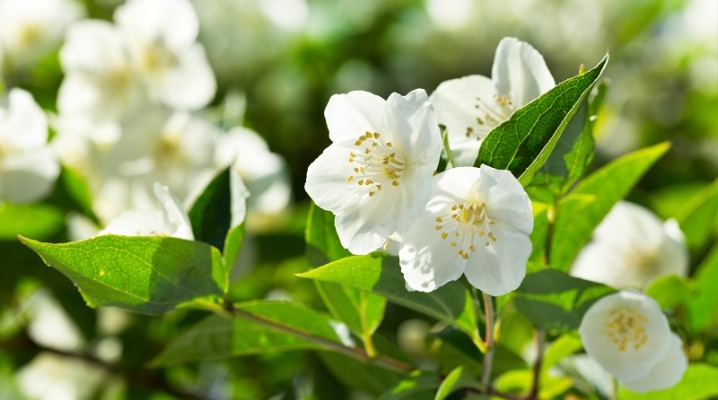
Jasmine is loved by many gardeners for its decorative appearance, delicate scent in the garden, as well as the benefits of the flowers of this plant. They are added to tea to give it a unique smell and taste. To be able to enjoy this culture, you need to properly care for it. Jasmine propagation also deserves close attention.
Timing
Jasmine is a perennial shrub that belongs to the Olive family. Outwardly, the plant differs from its relatives, as it looks like an erect or winding bush, its shoots are thin with dark green leaves that have a trifoliate shape. Flowering occurs in single white flowers, collected in inflorescences. After flowering, a berry forms inside the corolla, which cannot be eaten.
Not so long ago, varieties with pink and yellow flowers were bred.
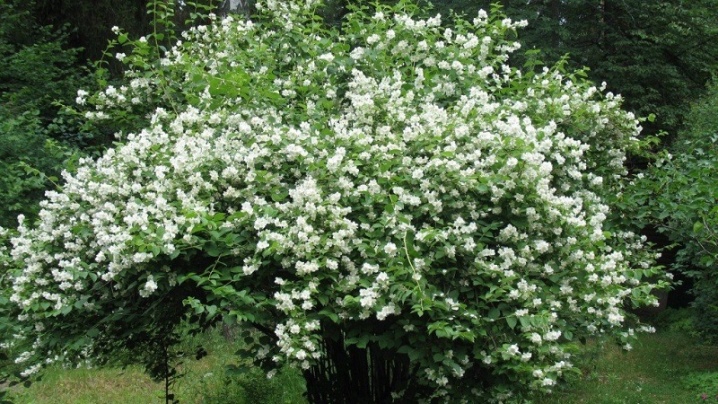
To increase the number of plants in your garden, you can purchase them from a nursery or garden store, but it is much easier and more profitable to propagate the culture yourself. The simplest way is cuttings, thanks to which it is possible to get the maximum number of new plants in the shortest possible time. Cutting is best done in summer, when the bush is alive and you can clearly see which branches are suitable for future cuttings. To get good planting material, you need to choose only adult, well-grown bushes. The optimal time for such a procedure is June, when the weather is already warm enough, but there is no particular heat yet.
There are varieties that cannot be propagated vegetatively, in this case seeds are collected in autumn, sown in special trays and germinate during the winter. In the spring, the resulting plants are planted in open ground, having undergone preliminary preparation in the form of hardening. In the spring, you can try to propagate the bush by layering, for which the optimal time will be April or May. Throughout the season, it is important to monitor the cut, water, fertilize and weed it. By the fall, it will fully take root, and it will be possible to separate it from the mother bush.
In the spring, jasmine can be propagated using lignified cuttings, harvested in the fall and lying all winter in a cool place in a film. The layers are divided into pieces about 30 cm long and treated with a growth stimulant, after which they can be added dropwise for rooting. If there are too large jasmine bushes on the site, then they can be divided into smaller ones, thereby increasing the number of cultures and improving the attractiveness of the entire garden.
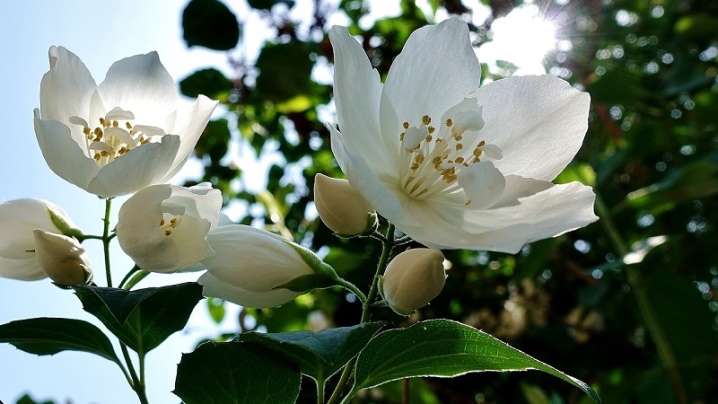
Reproduction methods
To grow a jasmine garden, you need to be able to quickly and efficiently propagate the culture, for which you cannot do without knowledge of how to do it correctly. There are three main ways:
- germination of seeds;
- dividing the bush;
- grafting.
Since it is not difficult to plant jasmine, the choice of a particular option will depend on the type of plant, since different crops have a diverse structure and type of reproduction, grow in different climates. If the shrub is massive enough and strong enough to withstand any manipulations, then you should use its branches, which can be planted by grafting, or you can plant cuttings of the culture by dividing the bush into parts.
Each breeding option has its own nuances and characteristics, therefore it is important to study them and use them correctly.
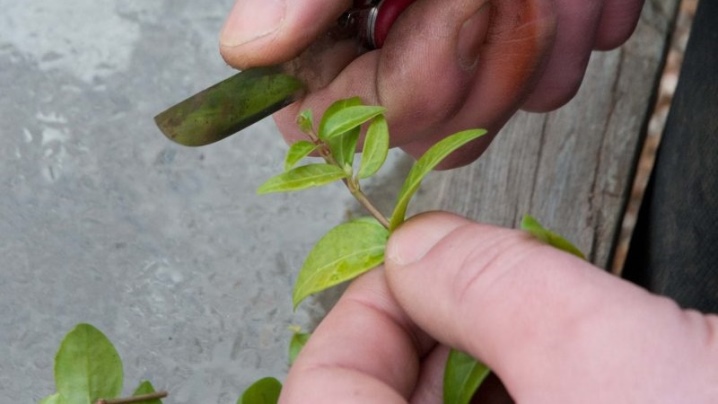
Seeds
Jasmine can be grown from seed, but this option is usually chosen by breeders and professionals due to its complexity and laboriousness. After flowering bushes, it is necessary to collect seeds from them and sort them out, choosing only the largest and ripe ones. Planting material must be immersed in a container with sand and peat and stored there for at least two months. An important factor is good ventilation, without which the seeds in the soil will die. The room temperature should be no more than 3 degrees Celsius so that the growth of seedlings does not start ahead of time.
With the onset of spring, you need to pour the mixture from the container into the soil, which was previously placed in the seedling boxes. As soon as the seeds are ready for germination, they are covered with glass so that the earth does not dry out. The soil is not watered, but every day it is sprayed with water, and the glass above the seedlings is wiped from condensation.
It can take from a week to 10 days before the first shoots appear. As soon as the seedlings grow up and get stronger, they need to dive, planting them in individual cups, and then plant them in open ground. It is important to choose well-formed and strong shoots from which a strong bush can be obtained.
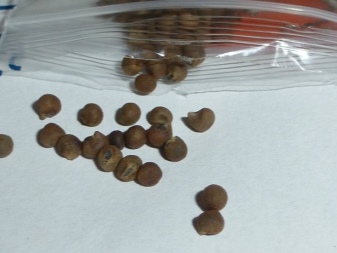

Cuttings
Cutting is considered the easiest and fastest way to propagate jasmine. This procedure can be performed in the last month of spring or early summer. Non-lignified cuttings can be rooted, which easily and quickly take root in a new place and take root. It is best to take strong and developed shoots, but abandon the reproduction of growth branches, in which the core can rot. In order for the young stalk to take root faster, it is recommended to cut it off the bush so as to capture a small piece of the lignified part of the last year's shoot. An important aspect is also the cut line - at the bottom it should be oblique, and straight at the top. For work, it is better to take a knife than scissors, since they can cut off a piece of a branch evenly and evenly.
For reproduction, cuttings 10-15 cm long are needed. The foliage that remains on them should be cut in half, and the lower part, if possible, treated with a root growth stimulant. In order for a new plant to start growing actively, it is important to plant it in a suitable soil. Best of all, if it is humus, peat and leafy soil, which are filled with boxes for seedlings. Cuttings fall into these boxes only 3-4 cm, at a distance of up to 6 cm from each other. The formation of the root system will take from 1 to 1.5 months. At this time, it is necessary to expose the containers to the light, but without exposure to sunlight, in addition, the seedlings need timely and abundant watering.
If lignified shafts are used for work, which were harvested in the fall, then from the beginning of spring they need to be cut into pieces up to 15 cm long and planted in boxes, just as when working with green blanks. Treatment of the lower part of the seedling with a preparation to accelerate root growth is a mandatory procedure. With the appearance of roots and the strengthening of the cutting, it can be taken out into the street, and with the onset of suitable temperatures, it can be planted in the ground in a permanent place.
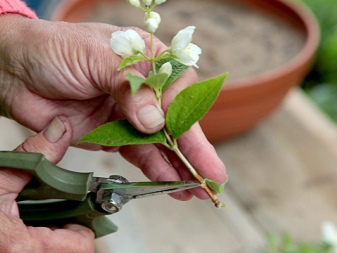
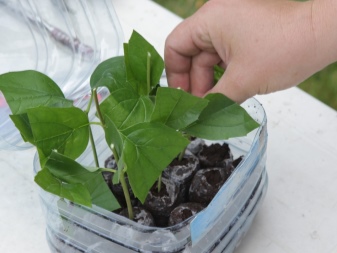
Layers
Propagating jasmine using layering is quite simple. You need to pick up a healthy and young branch, dig it in, bringing the tip to the surface, and take care of it like a bush. For the convenience of the procedure, extreme branches are chosen, work with which does not interfere in any way with caring for the main bush. It is recommended to carry out this procedure in the spring, before the active growth of the bush begins. It is better to separate a young bush in the fall, after a young plant has already formed its own root system and it can exist without a mother bush.
The process of reproduction of jasmine by layering is reduced to a number of activities:
- selection of a suitable branch;
- bending it to the ground and determining the point of contact with the ground;
- cutting off part of the bark on the vine in the place where the new root system will develop;
- fixing the shoot to the ground with a wire or something similar;
- pouring soil over the bark cut, tamping and watering it.
During the summer, it is important to inspect the layers, monitor their condition, fill up the soil, mulch it and water it well.
You can separate the bush both in the fall and next summer, which will provide it with wintering along with the mother bush.
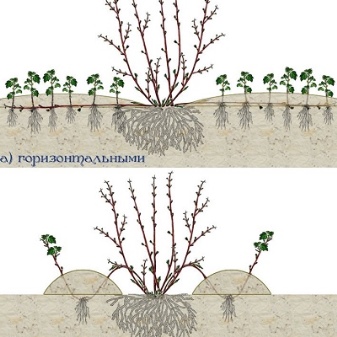
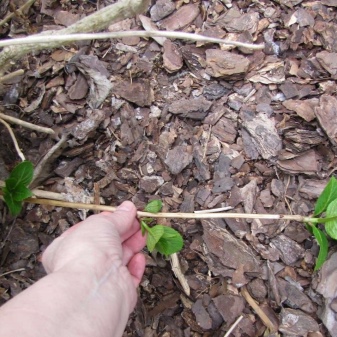
By dividing the bush
Another option for obtaining a large number of new jasmine bushes from existing ones is dividing the plants into smaller ones. One adult bush can make 2-3, which are planted autonomously. Most often, the division procedure is resorted to when the jasmine grows in one place for a long time and diverges in order in width.
When dividing a bush, you need to evaluate the root system and distribute it so that each of the new bushes receives a sufficient number of roots and can quickly take root in a new place. In addition to working with the roots, you need to cut off all unnecessary and old branches, spoiled roots so that the plant does not waste energy on them. Separated bushes need to be planted on the same day, otherwise the roots may dry out and the plant will die.
The optimal time for the procedure is considered late autumn or early spring - the time when the bush is in a calm state, outside the active phase of growth or flowering.
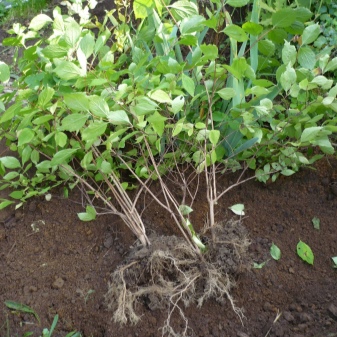

Scheme
To propagate jasmine in the garden, it is important to consider some factors, thanks to which this process will be fast and successful:
- determination of the plant variety;
- selection of a method for breeding culture;
- collection of planting material;
- breeding procedures;
- care of new jasmine bushes.
When planning the planting of a plant, it is important to provide for the composition of the soil, fertilizers that will be applied during the growth of the crop, the amount of water applied. When choosing a place for a future jasmine garden, you need to assess the illumination of the site, since without the proper amount of light, this culture will not bloom fully. Equally important are the neighboring plants, which can have both beneficial and adverse effects on jasmine. It is best to plant delphinium, lavender, hydrangea and spirea next to it. It is not recommended to set up a jasmine garden near apple and pear trees, since all these trees will suffer from such a neighborhood.
In order for jasmine to grow and bloom well, it is important not only to be able to germinate and plant it, but also to provide it with high-quality and complete care. Thanks to timely and correct actions, it is possible to get a very beautiful garden that will bloom profusely for years.
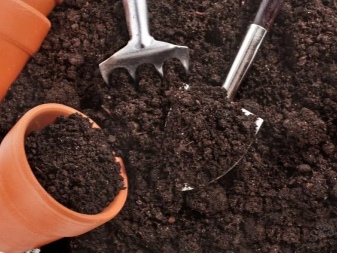
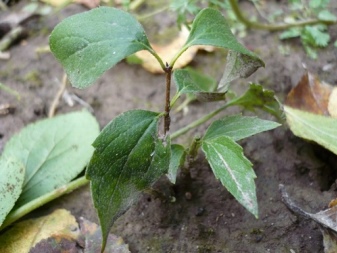
Follow-up care
To root cuttings, grow seedlings from seeds or plant bushes after dividing, it is important to correctly carry out not only the transplantation procedure itself, but also the features of the subsequent care of the seedlings. The most important condition for young plants is watering. The soil must be often moistened, but not poured, otherwise fungal diseases may develop or rot will appear. To help young bushes grow stronger faster and begin to grow actively, special attention is paid to the roots. The loosening procedure helps to saturate them with oxygen, which contributes to their more active growth.
In order for the ground part of the bush to be protected from natural disasters, it is worth making a support for it. Strong winds or rainstorms can break young shoots or loosen poorly rooted shoots. In the first year after planting, the bushes should not be touched, and the next summer you need to pinch the tops of the plant so that the active growth of the side branches begins.
Timely feeding is important, as it is best to use mullein infusion together with fermented grass. Jasmine needs both organic and mineral fertilizers, which are best applied in turn. To achieve greater visual appeal in spring and autumn, you can cut off excess branches, forming a bush at your discretion.

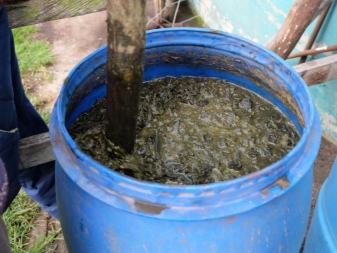
Do not forget about sanitary pruning, which removes all old, broken and dried shoots. Having created all the conditions for the growth, development and flowering of jasmine, you can get the desired result in which the jasmine garden will be lush and abundantly blooming.
For information on how to propagate jasmine with green cuttings, see the next video.
































































The comment was sent successfully.